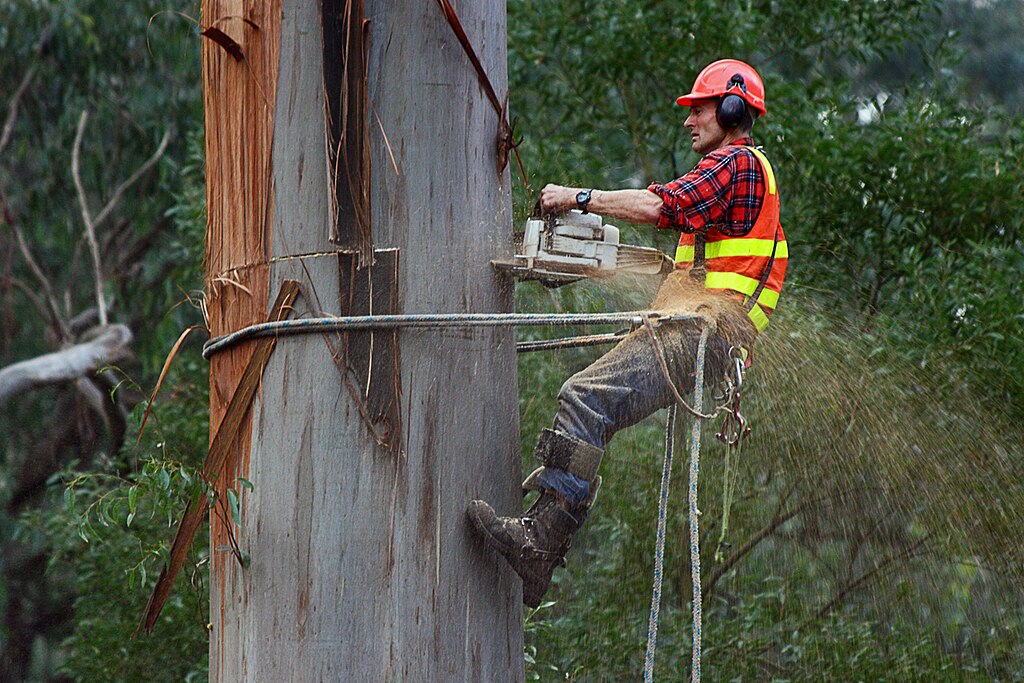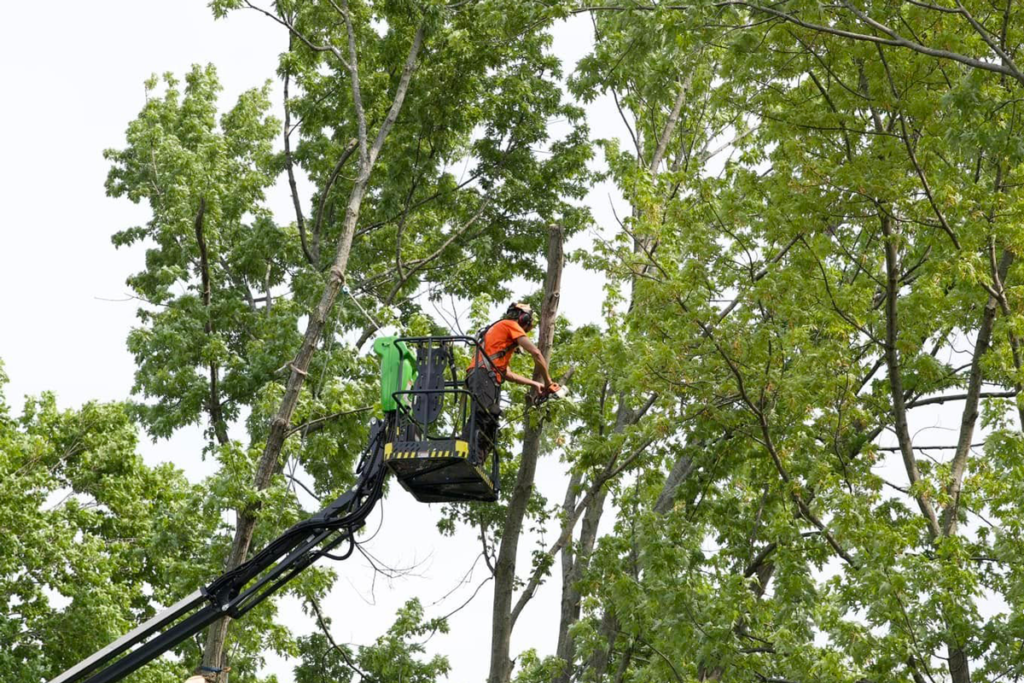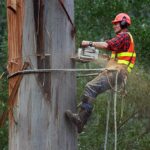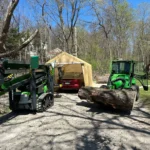Tree care and removal are among the most hazardous professions in the United States, with workers routinely exposed to risks such as falling from heights, being struck by falling objects, and working near electrical lines. In Waukesha County, ensuring the safety of tree workers is not just a matter of best practice—it’s a critical responsibility. The ANSI Z133 Safety Standard serves as the cornerstone for safety in the arboriculture industry, providing comprehensive guidelines to minimize risks and protect those who work among the trees.
Understanding the ANSI Z133 Safety Standard
The ANSI Z133 Safety Standard, developed by the American National Standards Institute (ANSI), is the accepted industry benchmark for safety in tree care operations. First established in the early 1970s, the standard is regularly reviewed and updated to reflect changes in industry practices and emerging hazards. The most recent edition, ANSI Z133-2017, was crafted with input from a diverse committee of industry professionals and is recognized as the definitive guide for safe arboricultural operations.
Although compliance with ANSI Z133 is technically voluntary, its provisions are so widely respected that OSHA often references its sections when specific OSHA standards for tree care are lacking. This close relationship between ANSI Z133 and OSHA regulations underscores the standard’s importance in both regulatory and practical terms. The Z133 covers a broad range of safety topics, including general worksite safety, electrical hazards, the safe use of vehicles and equipment, and detailed procedures for tree removal and trimming.

Key Safety Requirements for Tree Workers
The ANSI Z133 standard outlines a variety of requirements designed to address the unique hazards faced by tree workers. Some of the most critical areas include:
- Personal Protective Equipment (PPE): Employers must assess the workplace for hazards and provide appropriate PPE, such as helmets, eye protection, hearing protection, and chainsaw-resistant clothing. Workers must be trained in the correct use and maintenance of their PPE.
- Fall Protection: Tree workers often perform tasks at significant heights, making fall protection essential. ANSI Z133 requires the use of personal fall protection systems, including harnesses and anchorages capable of supporting at least 5,000 pounds per worker. Anchor points must be visually inspected and tested before climbing begins, and only qualified personnel should supervise these operations.
- Worksite Assessment: Before any tree work begins, a thorough assessment of the site is required to identify potential hazards, such as unstable trees, overhead power lines, and dangerous weather conditions. This assessment helps determine the safest approach to each job.
- Safe Work Zones: Establishing and maintaining safe work zones is crucial, particularly during tree removal and trimming. Workers must be kept clear of drop zones where falling limbs or debris could pose a threat. Communication among crew members is essential to ensure everyone is aware of their roles and potential hazards.
- Training and Supervision: Employers are responsible for ensuring that all workers are adequately trained in safe work practices and the specific requirements of ANSI Z133. Ongoing supervision and refresher training help maintain a culture of safety on every job site.
Tree Removal and Tree Trimming: Compliance in Action
Two of the most common—and hazardous—services in Waukesha County are tree removal and tree trimming. Both require strict adherence to ANSI Z133 protocols.
- Tree Removal: Removing a tree often involves working at height, using chainsaws and rigging equipment, and managing the controlled fall of large sections of wood. ANSI Z133 mandates that all equipment is properly maintained, workers are trained in safe felling techniques, and the area around the tree is secured to prevent unauthorized access. A preliminary examination of the tree is required to identify structural weaknesses or decay that could complicate removal.
- Tree Trimming: Trimming, especially near power lines, introduces additional risks. Section 4 of the Z133 is dedicated to electrical hazards, emphasizing the need for specialized training and equipment when working near energized conductors. Only qualified line-clearance arborists should perform trimming within close proximity to power lines, and all workers must maintain safe distances as specified by the standard.
Why Safety Compliance Matters in Waukesha County
For tree care businesses and their clients in Waukesha County, strict compliance with ANSI Z133 is more than a regulatory checkbox—it’s a commitment to protecting lives and property. Tree work incidents can have severe consequences, from serious injuries to fatalities. By following ANSI Z133, companies not only reduce the risk of accidents but also demonstrate professionalism and care for their employees and the community.
Regulatory agencies like OSHA reinforce the importance of these standards, and in the event of an incident, investigators will look closely at whether ANSI Z133 protocols were followed. Employers who prioritize safety are less likely to face citations, legal action, or reputational damage.
Tree Worker Safety and Professional Tree Services in North Prairie, WI

Safety is the foundation of quality tree care in North Prairie and throughout Waukesha County. By choosing a provider that upholds ANSI Z133 standards for services like tree removal and tree trimming, property owners can trust that every job is approached with the utmost care for both people and property. Midwest Tree & Landscape LLC is dedicated to these best practices, ensuring that every project is completed safely, efficiently, and with respect for the community.
If you’re ready to experience professional, safety-focused tree care in Waukesha County, reach out to us today. Let our expert team handle your tree removal, trimming, or site assessment needs.




